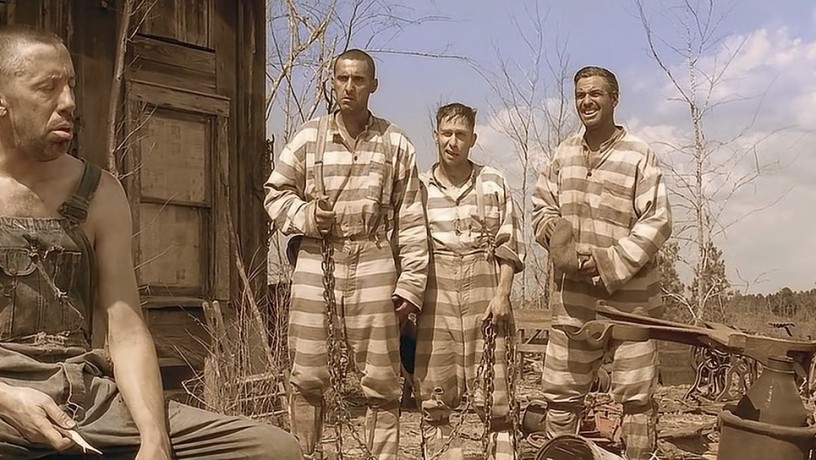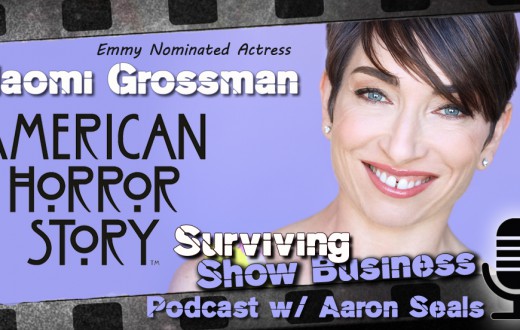The ability to alter one’s voice is a powerful tool in an actor’s arsenal, allowing them to embody various characters and emotional states fully. Whether you’re transitioning from a cheerful scene to a somber one or shifting between characters in a dual role, mastering the art of voice tone adjustment can significantly enhance your performance. This article offers practical advice to help actors refine this skill, making their portrayals more authentic and engaging.
1. Understand Your Character:
Before you can effectively change your voice, you need to have a deep understanding of your character. What are their background, motivations, and emotional states? How would these factors influence their voice? For instance, a character with a tough upbringing might have a harsher, more guarded tone, while a more optimistic character might exhibit a lighter, more open vocal quality.
2. Observe and Emulate:
One effective way to learn how to alter your voice is to observe others—both in real life and in performances. Pay attention to how people’s voices change with their emotions and settings. Actors can also study performances by renowned artists who excel in vocal versatility. Try to emulate these voices in your practice, noticing what physical adjustments you make to achieve different sounds.
3. Practice Vocal Exercises:
Regular vocal exercises can improve your ability to control your voice. Practicing scales, doing breathing exercises, and working on your diction can all contribute to greater vocal flexibility. Additionally, experiment with speaking in different emotional tones (anger, joy, sorrow, etc.) to understand how your voice changes with each.
4. Incorporate Physicality:
Your voice is connected to your body, so physical changes can influence vocal tone. Experiment with different postures, facial expressions, and movements to see how they affect your voice. For example, slumping your shoulders and lowering your head can produce a more subdued tone, while standing tall with open body language can help your voice sound more confident and authoritative.
5. Record and Review:
Recording your practice sessions can be incredibly insightful. Listen back to your performances, noting what works well and what could be improved. Pay attention to how your voice conveys the character’s emotions and whether the tone is consistent with the character’s personality and the scene’s context.
6. Seek Feedback:
Feedback from directors, coaches, or fellow actors can provide valuable insights into your vocal performance. They may notice subtleties that you miss and offer suggestions for improvement. Be open to their feedback and use it to refine your voice.
7. Maintain Vocal Health:
Finally, taking care of your voice is crucial. Ensure you warm up your voice before performances, stay hydrated, and avoid straining your vocal cords. A healthy voice is more flexible and capable of a wider range of tones.
- Daniel Day-Lewis – In “Lincoln,” Day-Lewis adopted a high-pitched voice, which, although surprising to some, was historically researched and added depth to his portrayal of the iconic president. His commitment to voice work significantly contributes to his immersive performances.
- Heath Ledger – Ledger’s performance as the Joker in “The Dark Knight” is legendary, in part due to his unsettling, gritty voice that perfectly encapsulated the chaos and menace of the character, demonstrating how vocal choices can define a role.
- Charlize Theron – For her role in “Monster,” Theron not only underwent a physical transformation but also altered her vocal tone to match the rough, weary voice of her character, Aileen Wuornos, adding to the authenticity and rawness of her performance.
- Gary Oldman – Known for his chameleonic abilities, Oldman has changed his voice for numerous roles, notably as Winston Churchill in “Darkest Hour,” where he adopted the leader’s iconic cadence and tone, enhancing the believability of his portrayal.
- Robin Williams – In “Aladdin,” Williams provided the voice for Genie, infusing the character with an energetic, dynamic vocal performance that included numerous impersonations and a wide range of vocal styles, showcasing his versatility and impact on character through voice.
- James Earl Jones – With his deep, resonant voice, Jones has brought life to iconic characters such as Darth Vader in “Star Wars,” where his voice added a layer of intimidation and gravitas that became synonymous with the character.
- Cate Blanchett – In “I’m Not There,” Blanchett adopted a raspy, rough voice to portray Bob Dylan, capturing the essence of the music legend’s vocal style and adding to her compelling performance.
- George Clooney – In “O Brother, Where Art Thou?” George Clooney plays the role of Ulysses Everett McGill, a smooth-talking convict on a quest for treasure while evading capture in 1930s Mississippi. For this role, Clooney adopted a specific Southern accent, which was crucial in defining his character’s charming and scheming personality. His portrayal is notable for its charismatic, fast-talking delivery, which added a comedic and ironic layer to the character, aligning perfectly with the film’s satirical tone.
..
Clooney’s performance was not just about the accent; it also involved a certain cadence and a way of speaking that fit the time period and the film’s setting, contributing to the authenticity and immersive quality of the movie. His voice, combined with his physical acting, brought out the clever, somewhat roguish nature of Everett McGill, making the character memorable and distinctive. This role demonstrates Clooney’s versatility as an actor and his ability to use his voice effectively to bring depth and nuance to his characters.
Mastering the art of changing your vocal tone is a journey that requires observation, practice, and feedback. By understanding your character deeply, engaging in regular vocal exercises, and incorporating physicality into your voice work, you can enhance your ability to portray a wide range of characters and emotions authentically. Remember to listen to yourself, seek feedback, and prioritize vocal health to ensure your voice remains a versatile and expressive tool in your acting repertoire.







